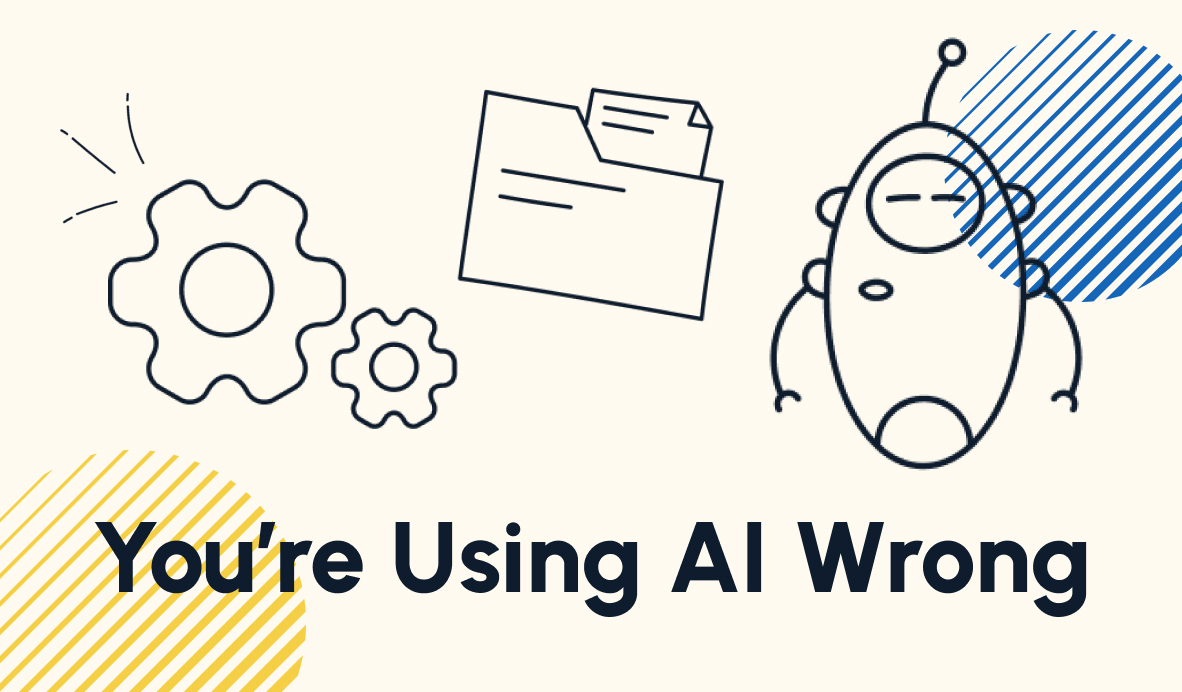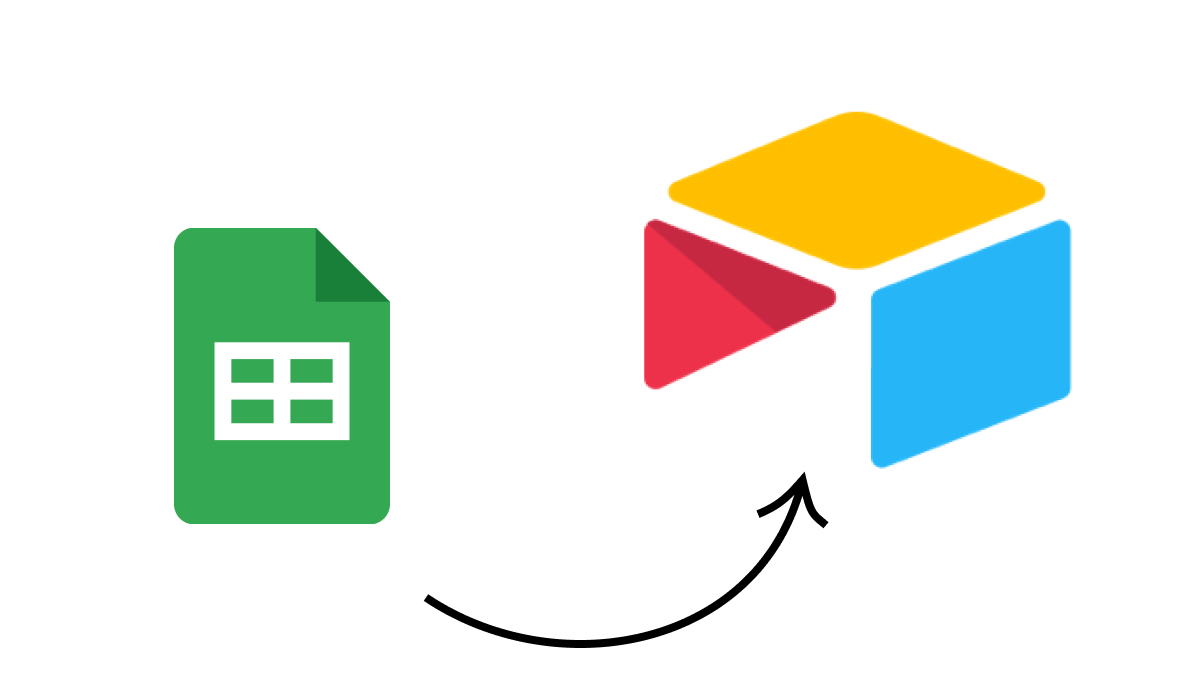Automating Your Workflows One Step at a Time
No-code automation is a quick way to optimize your workflows, but it still takes some time before you can fully automate a process. In this post, we'll explain the difference between an early-phase automation and a fully automated workflow, and the criteria you need to move to the next step.
March 30, 2022

Workflow automation isn’t something that happens overnight. If a workflow is conducted 100% manually today, it will take some time to transform it into a fully (or mostly) automated workflow.
Using an iterative process to build automations will ensure that every stage of the workflow produces the results you’re hoping to achieve, while trying to automate an entire workflow all at once will result in a complicated build process and may produce messy, unusable data.
In this post, we’ll explain how you can expand an automation over time, and highlight the criteria needed to automate additional actions within a workflow.
The Early Phases of Automation: Supporting and Standardizing Manual Work
When you first build an automated workflow, many of the steps involved in that workflow will still require manual human input. In many cases, you and your team will need to gather data from various sources and manually enter it into the automation to produce the desired result.
For instance, an early phase client onboarding automation might require you or other team members to fill out a survey and manually enter the client’s name, the email address for your main point of contact, their kickoff date and other info.
Once the survey is completed, the automation would create some folders, a Slack channel, meeting docs, and other assets.
As you can see from this example, an early phase automation will save you some time, but it will still require a considerable amount of manual input. However, you don’t need to be worried if your early efforts in automation actually involve quite a bit of human work. By automating even a few steps, you’re still creating a much more consistent process, and you can expand on these initial automations to reduce the manual workload over time.
Later Phase Automations: Fully Automated Workflows
As you iterate and add more automated steps to your workflows, a later-phase automation will involve much less manual work. Instead of finding and entering data yourself, the automation will find the information it needs from your databases and apps.
Returning to our client onboarding example, a more mature version of the automation would eliminate most or all of the manual steps. Instead of requiring manual entry in a survey, it would find the client’s name and other info from a database, which would be populated from another automation connected to your email and CRM.
The entire set of automations could run whenever you mark a client as “Closed/Won” in your CRM, or by simply completing a survey with just one or two questions (instead of a dozen or more).
With a later-phase automation, you’ll see greater time savings and even more consistent and reliable output. At the same time, your team will barely have to do any manual work at all to make it run.
Making the Transition to a Fully Automated Workflow
At this point, you might be wondering why we don’t recommend starting with a fully automated solution in the first place. A fully-automated process clearly saves a lot more time, so why even bother with the early semi-automated phase?
Ultimately, it all comes down to data. Before you can fully automate a process, you need to have clean, consistent, and accurate data to support the automation.
If the data for your workflow is coming in from many different sources in different formats and at different times, you’d need to build a highly complex automation just to process and clean all of your data.
In these cases, it’s more efficient to start by automating whatever steps are already consistent enough to support automation, and to fall back on manual work and human judgment to gather the messier data.
Over time, you can improve your data funnels to collect more consistent and accurate information. As you do, you can also automate the steps that use that data.
What starts as a manual process will eventually become fully automated, or something that happens with just a click of a button.
Improving your Automated Workflows Incrementally
When you first build an automation, it will probably be somewhat limited in scope. Even though it will absolutely save you some time and make your process more consistent, there will be a lot of room to grow.
As you make your data cleaner, more accurate, and more consistent, you’ll be able to automate more steps in your workflow. Eventually, you might even be able to automate the entire process from start to finish.
So don’t worry if your initial automation efforts aren’t producing massive time savings. Automation is an iterative process, not a one-time fix. Just focus on getting the right data, and you’ll achieve your automation goals.
If you’d like to learn more about no-code and low-code automation, check out our blog or our YouTube channel. You can also follow XRay on Twitter, Facebook, or LinkedIn.











